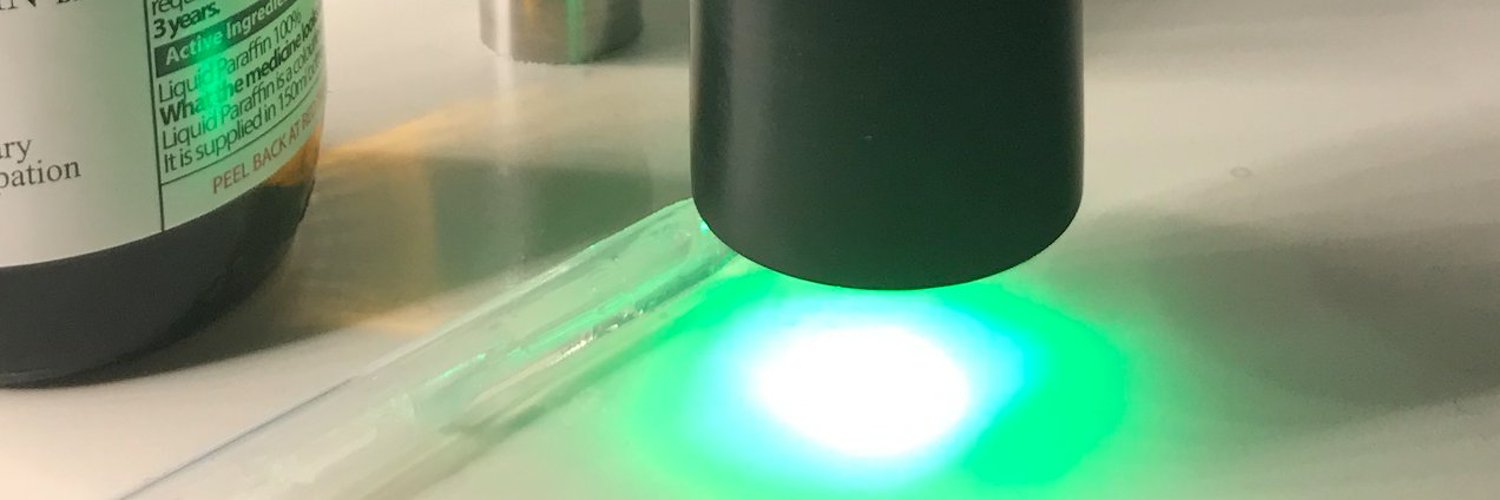
Vascular Optics and Microvascular Sensing
Vascular optics and microvascular sensing can provide new ways in to study the microvascular bed of tissue to gather valuable information on its perfusion, composition, structure and function. Novel sensing with light and in conjunction with advanced data analytics can offer great opportunities for the development of new diagnostic approaches for a wide range of patient groups and for the study of healthy vascular ageing - technologies that offer new ways in.
About the cluster
This cluster aims to research and develop novel sensing technologies / healthcare devices that utilise light with advanced data analytics of the collected signals and images. Light can give us an early optical assessment window into the tissue to the level of microcirculation and from which to probe its perfusion, composition, structure and function. Technologies can be developed to study a range of vascular regions and physiological reflexes, including autonomic function and endothelial function assessments. Bespoke data analysis methods are being developed for vascular optics data including the application of AI-based machine learning approaches, and cardiovascular modelling, systems identification and data synthesis approaches. Many different patient groups can be studied as well as investigating potential new biomarkers of healthy vascular ageing.
The research cluster holds world-class expertise for a range of microvascular technologies, clinical physiological measurement and applied analytics. The cluster is led by an HCPC registered Clinical Scientist who also oversees a unique new environmentally controlled clinical grade physiological measurement facility at the university. These give extensive capability for vascular optics R&D work, utilising its stable testing environment for a wide range of studies and sensor developments. The main measurement / imaging devices include technologies such as capillaroscopy, thermal imaging, Optical Coherence Tomography for skin and non-imaging technologies include single- and multi-site photoplethysmography (PPG), near infrared spectroscopy (NIRS), tissue oxygen saturation, spectrophotometry objective skin colour measurement, and beat-to-beat blood pressure tracking.
- Multi-site photoplethysmography including AI ('deep learning') methods for the low-cost accessible assessment of patients with conditions such as Raynaud’s/systemic sclerosis (‘scleroderma’), peripheral arterial disease and dementia, as well as the study of healthy microvascular ageing.
- Novel PPG mapping sensor development and analytics for cardiac assessment.
- Cardiovascular modelling of vascular optics data – measuring and understanding oscillations in the body for the development of new diagnostic tests.
- Novel microvascular assessments of patients with Raynaud’s and Scleroderma using objective skin colour and other optical methods.
- The study of uncertainty in PPG / ML assessments, including the influence of skin tone.
| Name | Project title | Project information | |
|---|---|---|---|
| John Allen (Collaborator) | Uncertainty quantification for Machine Learning (ML) applied to PPG signals. |
An international consortium of Metrology, PPG and AI experts to quantify and understand better the uncertainty in PPG/ML assessments. EU Euramet PTB-led award. |
Research cluster lead
Professor of Biosensors and Bioinstrumentation. A leading researcher in the field of vascular optics and novel microvascular sensing, with world-class expertise in photoplethysmography (PPG), thermal imaging and capillaroscopy, as well as extensive experience in physiological measurement, device innovation and signal/image analysis. John has published more than 100 papers about such technologies and clinical application, as well as the first holistic book on on Photoplethysmography (Editors: Kyriacou and Allen, 2021). He has also secured research funding close to £3M (including as Chief Investigator: a prestigious NIHR funded i4i Challenge Award, £1.3M). He is a HCPC registered Clinical Scientist, Chartered Engineer and Scientist, a Visiting Professor to Newcastle University (Faculty of Medical Sciences), Individual Member of the Parliamentary and Scientific Committee, imaging scientist with ASIS FRPS accreditation, and is a member of the editorial boards of the IOP Publishing journal Physiological Measurement and the RPS Imaging Science Journal.




